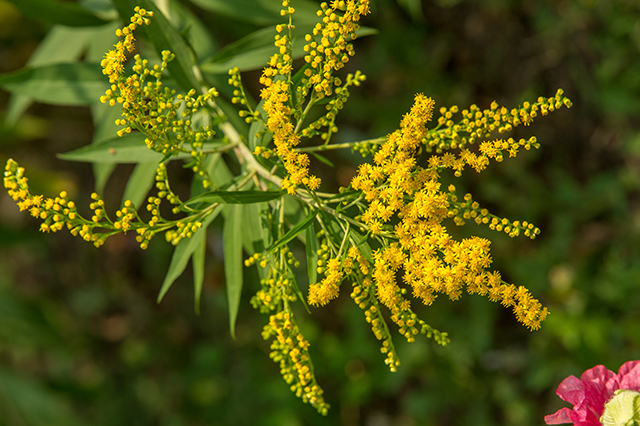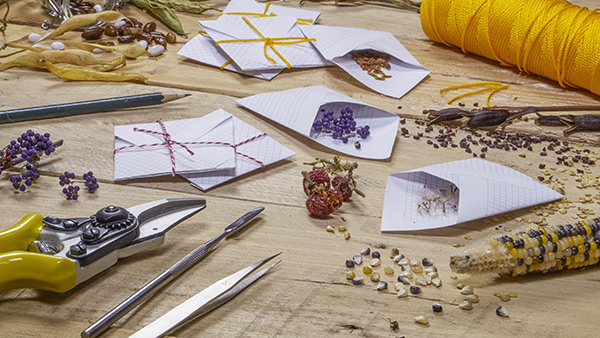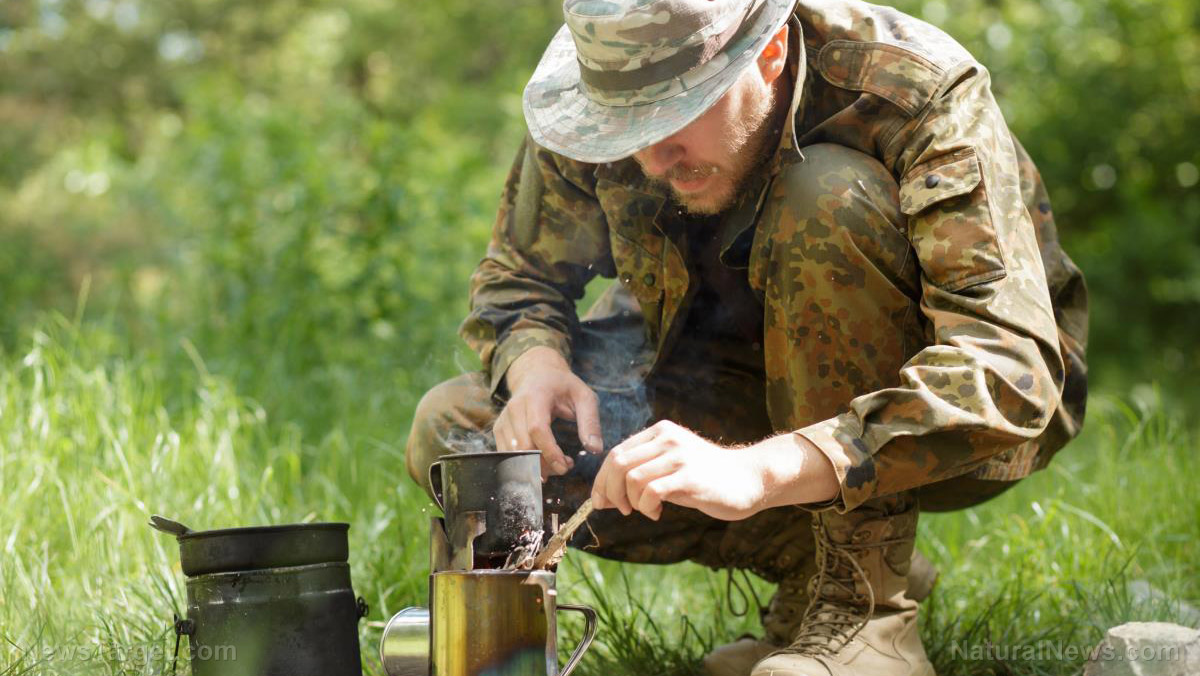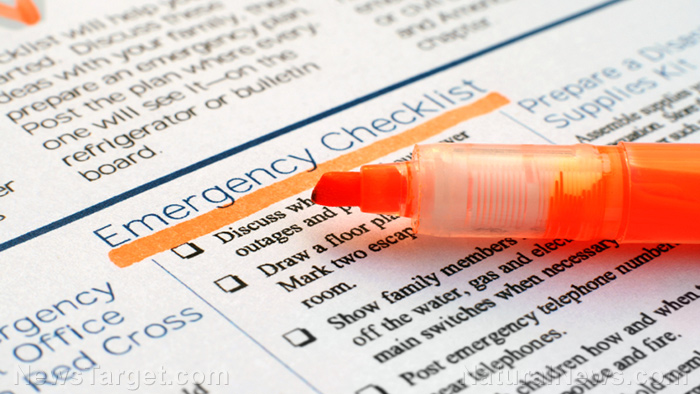Knot knowledge: How to tie 10 secure knots
04/25/2020 / By Janine Acero
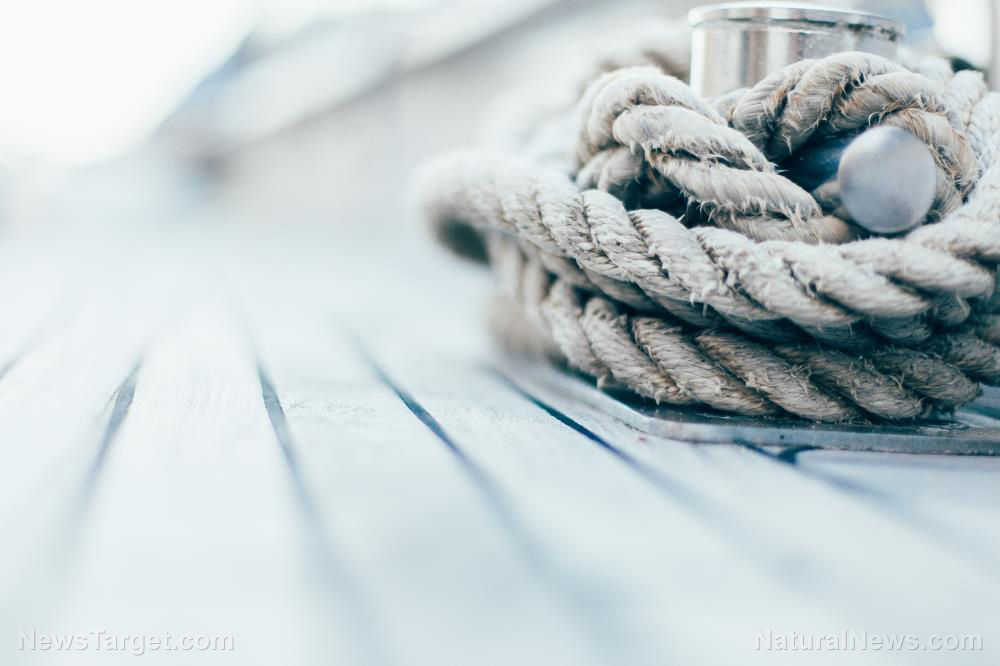
Knowing how to tie knots is a fundamental survival skill. Here are 10 knots that every prepper and survivalist should know how to tie. (h/t to MDCreekmore.com)
Basic knots and how to tie them
Using some rope, tie each knot below 20 times or more until you’re sure that you know them by memory and can tie them even if you’re under stress.
Here are important terms to remember:
- Bight. A simple bend of rope wherein the rope does not cross itself.
- Dressing the knot. The position of knot parts. You must make sure that the rope is properly aligned, straightened or bundled so the knot is strong enough to hold out.
- Fraps. A means of tightening the lashings by looping the rope perpendicularly around the wraps that hold the spars or sticks together.
- Lashings. Using wraps and fraps to tie two or three spars or sticks together to form solid corners or to make tripods.
- Pigtail. After tying the knot, the part of the running end that is left is called a pigtail. It should be no more than 4 inches long to conserve rope and prevent interference.
- Running end. The free end of a rope that you will use to tie the knot.
- Standing end. The rest of the rope aside from the running end.
- Turn. A loop around an object, such as a post, rail or ring with the running end continuing in the opposite direction to the standing end.
- Whipping. A method of preventing the end of a rope from unraveling.
- Wraps. Simple wraps of rope around two poles or sticks (square lashing) or three poles or sticks (tripod lashing).
Half-hitch
The half-hitch is a simple knot once known as the safety or finishing knot for all U.S. Army knots. However, it tends to unwind without load, and it has since been replaced by the overhand knot in Army use.
Overhand
The overhand is the knot that most people tie to begin lacing up their shoes. It is also used to whip the end of a rope. This knot will reduce the strength of a straight rope by 55 percent.
Square
The square knot is good for general-purpose use. It is basically two overhand knots that are reversed: right over left, left over right.
It is used to tie the ends of two ropes of equal diameter together (e.g. shoelaces) and is secured with an overhand on both ends. It forms two loops so it is easy to inspect and untie after being loaded.
Round turn and two half-hitches
This knot is the go-to for one-rope bridges and other applications where a good anchor knot is required, such as anchoring a rope to a pole or tree.
Clove hitch and end-of-the-line clove hitch
Use these knots when you need to fasten a rope to a tree or pipe. They put a little strain on the rope, but the tension must remain for the knot to stay in place. To reduce tension, you can make another loop around the object and under the center of the clove hitch.
Sheepshank
The sheepshank is the knot used to shorten a rope or to take the load off a weak spot in the rope. It is a temporary knot unless you fasten the eyes, or loops, to the standing part of the rope on both ends.
Double sheet bend
The double sheet bend is the opposite of the square knot; it is used to tie the ends of two ropes of unequal diameter. It is also used to join wet rope and so it doesn’t slip or draw tight under load, or tie the ends of several ropes to the end of one rope.
When a single rope is tied to multiple ropes, the bight is formed with multiple ropes.
Prusik
For this knot, a short rope is tied around a longer rope, such as a climbing rope, in such a way that the short rope will slide on the climbing rope if there’s no tension and will hold if there is tension on the short rope (e.g. a sling rope around a climbing rope).
The prusik can be tied with an end of rope or bight of rope. When choosing the former, the knot is finished off with a bowline.
Due to its non-slip nature, the prusik is commonly used to climb ropes with footholds. It is also used to anchor ropes or the end of a traction splint on a branch or ski pole.
Bowline and bowline finished with an overhand
The around-the-body bowline was used in rescue missions for many years. This knot provides a loop to place around a body that would not slip or tighten up under strain. Nowadays, it has been replaced by the figure eight in most applications because the latter does not weaken the rope as much.
Figure-eight and retractable figure eight
The figure-eight knot is the main one used for rescue operations today. It is stronger than the bowline and easier to tie and check. However, it tends to be difficult to untie when the rope gets wet or after strain has been applied.
This can be used as an anchor knot on fixed ropes. When a knot larger than an overhand is needed, this knot can also be used to prevent the end of a rope from slipping through a fastening or loop in another rope.
Before delving into other survival skills, polish your fundamentals like knot-tying. This skill can be handy in many everyday situations, not just for emergencies. Visit Survival.news to learn more.
Sources include:
Tagged Under: bug out, how-to, knots, off grid, preparedness, prepper, prepping, ropes, survival, survival skills, survivalist, tying knots
RECENT NEWS & ARTICLES
COPYRIGHT © 2017 OFFGRID NEWS


